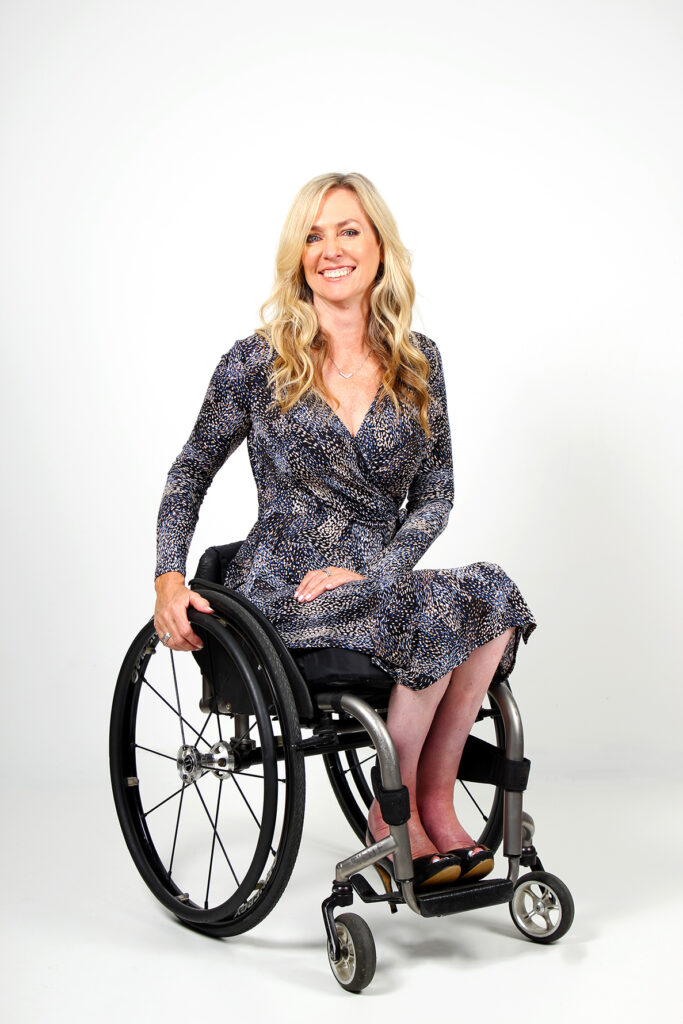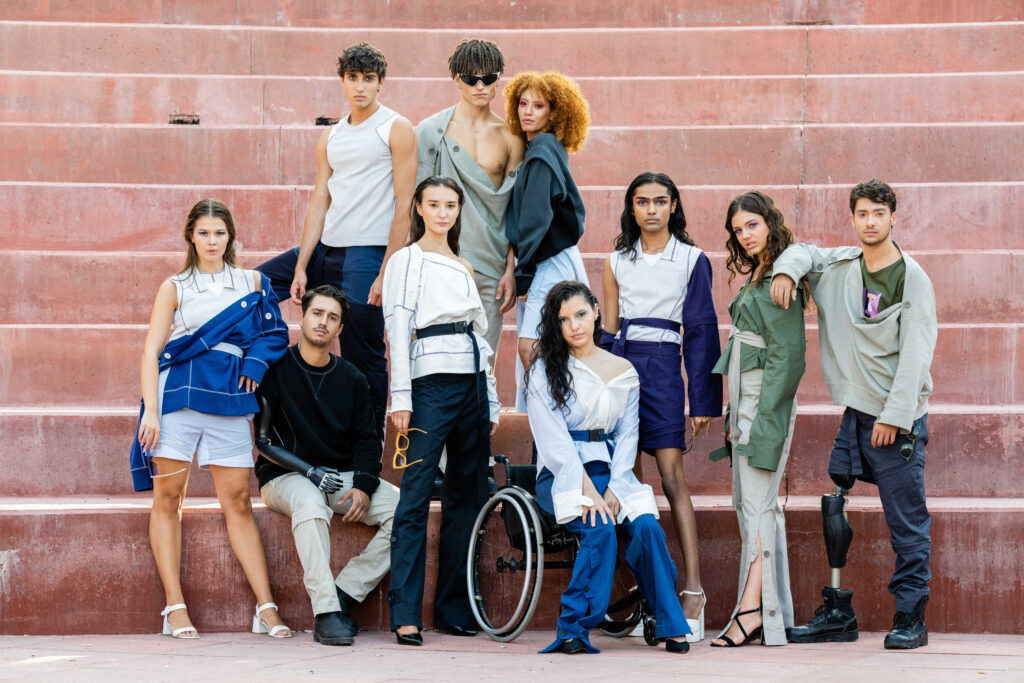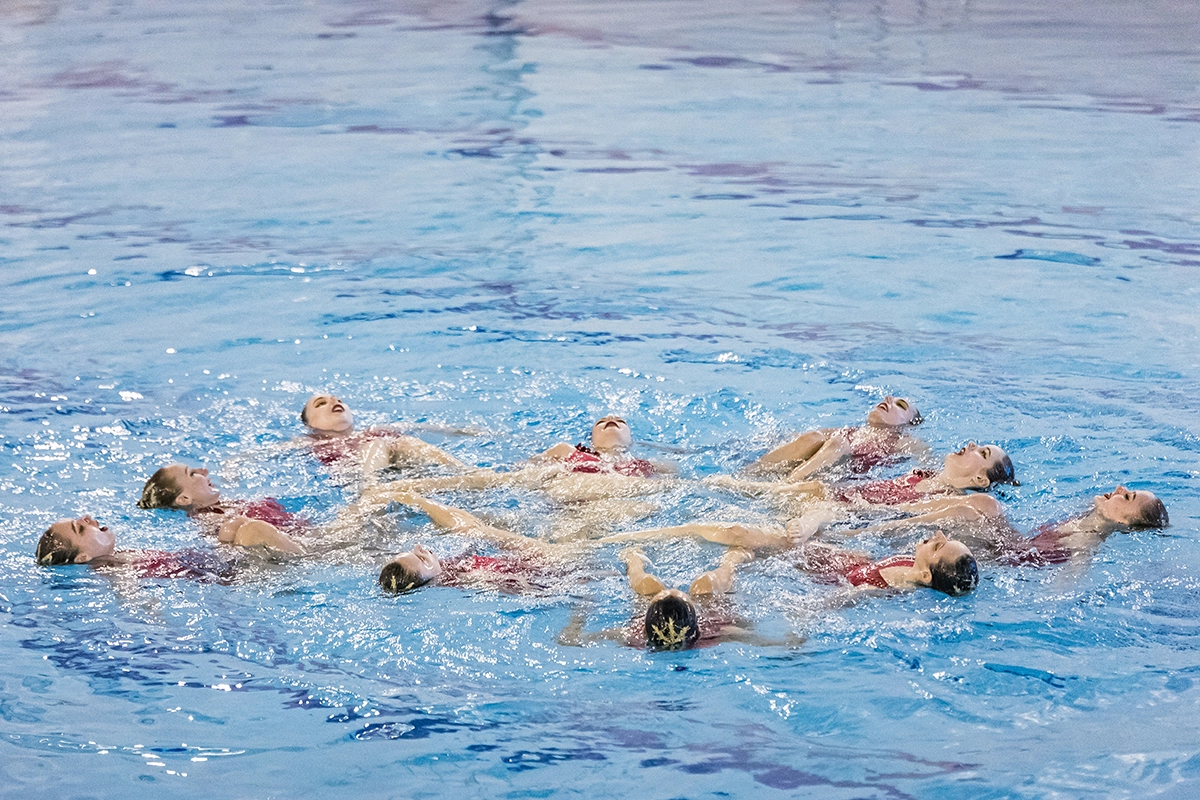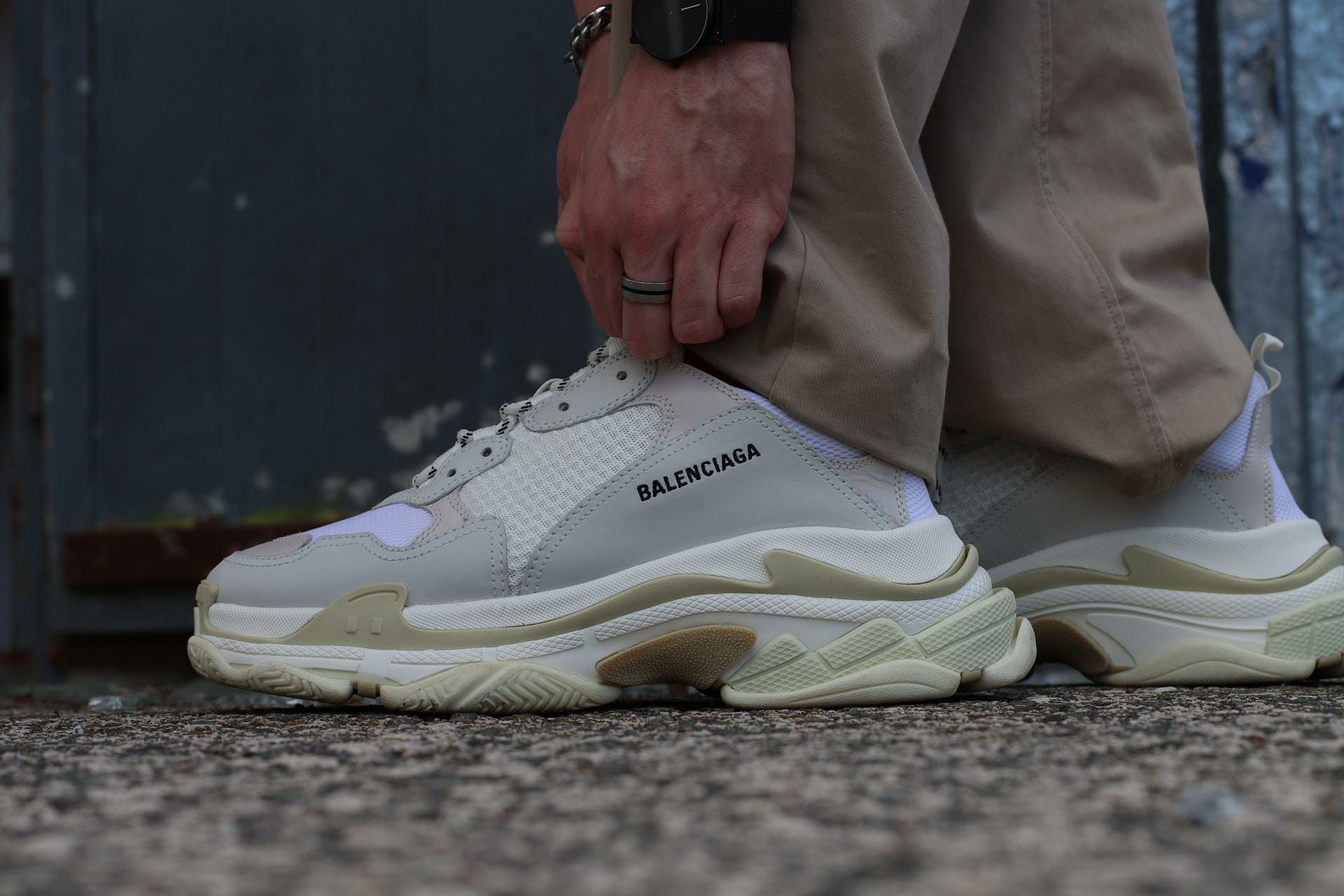
Adaptive fashion is becoming a reality. Clothes and accessories have to meet the needs of non-conforming bodies (that is, bodies of people with a permanent or temporary disability): this is now an increasingly widespread awareness.
The phenomenon is not restricted to the fashion industry only, but it is a bridge towards cultural and social progress. Adaptive fashion can improve the quality of life of people in need and promote the social inclusion of those sections of the population who nowadays feel socially excluded.
The power of an outfit: communication and empowerment
Clothing transforms me, defines me, gives me confidence. You may not feel the same way about fashion, but I bet you have a favorite T-shirt or a pair of jeans that transforms you, makes you feel good, makes you feel like you.
This was the opening of Mindy Scheier’s Ted Talk in 2018. She’s the founder and president of Runway of Dreams Foundation, the first non-profit fashion organization for people with disabilities.
What is it that people feel when wearing an outfit that makes them feel extra confident? Comfort, grit, desire to be among others to socialize – and also to be admired. This positive and pro-active stance, originating from clothing, moves to the body and reaches the mind. Anyone can aim for it, even people with disabilities, and the result is always the same. The stylist Giuseppina Sansone asserts that “The clothes one chooses to wear can influence one’s own capabilities. They become an integral part of our identity, helping us to define our role and seize its characteristics and capabilities. Think of the confidence and authority that wearing suit and tie gives to a businessman, or that a well-cut tailleur gives to a woman”.
The sentence refers to people without no particular difficulties, but the principle stands nevertheless. Choosing the right outfit for every occasion and time of the day has the same effect on everyone, with or without disabilities.
How we express ourselves is also connected to our own style of clothing:
Through garments, we present ourselves in a certain way, we express our taste and our traits. And even more, we describe ourselves to others. The way we represent and express ourselves through clothing influences our emotional and psychological well-being. Feeling good in our own clothes means feeling good in our own skin, so that we can genuinely present ourself to the others.
Simona Cuomo, Associate Professor of Practice di Leadership, Organization & Human Resources presso SDA Bocconi School of Management e coordinatrice dell’Osservatorio Diversity & Inclusion & Smart Working
All these factors and values are part of adaptive fashion.
Barrier-free clothing thanks to adaptive adjustments
Thinking of people with disabilities as a minority can deprive them of a fundamental right. That is, choosing what to wear every morning to better express themselves.
This actually excludes people from society. Many standard pieces of clothing create more barriers, that are, deep down, just like architectural barriers. Adaptive adjustments are almost invisible, but can make a huge difference. They allow people with disabilities to wear whatever they want and to do it independently: zippers with pulls, velcro or magnetic closures instead of regular buttons, adjustable hems and waist, easy pull on closures that can be regulated with just one hand. But also stretchy and breathable fabrics, and openings on shoulders, back and sides to facilitate dressing. Trousers for people in a wheelchair have an high yoke and no back pockets, seams or details that can cause frictions. For the same reason, tags are printed on extra-soft fabrics.
Most renowned Adaptive Brands
The majority of these brands are based in the US, the UK, Australia and in those countries where people with disabilities have more awareness of their rights, having succeeded in making their voice heard in the past. A macroscopic example of that is the Fight for Disability Rights. It started in the USA in the 60s, together with that of black minorities and of women-s rights. The Disability Rights Movement was hence born during those years, among numerous other initiatives. Nicole Newnham and Jim LeBrecht portrayed it in their docufilm, Crip Camp – A Disability Revolution. Barack and Michelle Obama, and their production company Higher Ground Productions were among the executive producers.
When discussing adaptive fashion, one of the most known brands is Tommy Adaptive by Tommy Hilfiger. This global fashion brand has been constantly investing and producing adaptive garments since 2017.

Also worth mentioning is IZ Adaptive, created by Canadian fashion designer Izzy Camilleri. She’s one of the most popular stylists in Hollywood, and she dressed, among many others, Meryl Streep in the role of Miranda Priestly in The Devil Wears Prada.
In 2023, the notorious European online platform for fashion, Zalando, also launched its first collection of adaptive fashion. It contained more than 140 styles thanks to Zalando’s private labels: Zign, Pier One, Anna Field, Yourturn and Even&Odd. In the UK, the brand Unhidden, that has been taking part in London Fashion Week for about two years, combines adaptiveness and sustainability. Primark, the Irish Giant, launched as well its capsule of adaptive lingerie at affordable prices.
Italy: on the brink of changing?
In Italy, the field still lags behind. In fact, there are still few adaptive labels: Iulia Barton with her genderless, seasonless, sustainable and versatile sizes collection, Lyddawear, D – Different e Takaturna. Of course this is just the beginning, and there’s plenty of room for growth. Italian exporting production is worldwide, afterall. Iulia Barton, for example, is quite admired in Japan and in the East.

Adaptive fashion is a business that mustn’t be underestimated because of its economic and market value. Vogue Business, as early as in 2019, had estimated that, in the US only, the market potential was worth more than $400 billion. And the 1.4 billion people with disabilities all over the world represent an aggregated purchasing power of $8 trillion per year.
Producing fashionable garments in line with the needs of people with disabilities is not just an act strictly connected to parameters related to social impact, such as SROI (Social Return on Investment). It is also a legitimate business strategy that responds to the demands of a specific target.
“The growth of the space is not only confined to the larger brands – writes Jonathan Kaufman, the American Consultant and Executive Coach, on Forbes– but is a cradle of entrepreneurship where creatives with disabilities can define their paths and help shape a future economic reality”.
Nevertheless, an adaptive fashion line requires solid commitment and a meticulous job in creating garments as well as in selecting models and producing items with a wide range of sizes. The project right now seems quite niche, but it could improve the lives of many. And what’s more, it could become a way of dressing that is more free and, of course, suitable for everyone.









